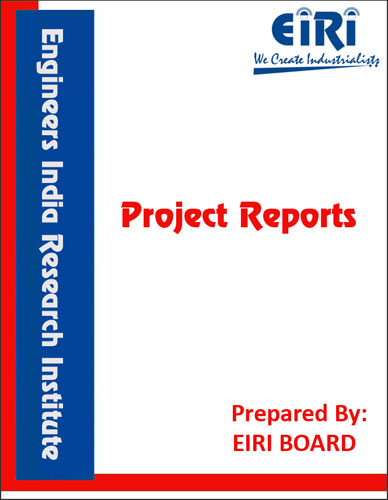CATIONIC SOFTENER
The project report includes Present Market Position and Expected Future Demand, Market Size, Statistics, Trends, SWOT Analysis and Forecasts. Report provides a comprehensive analysis from industry covering detailed reporting and evaluates the position of the industry by providing insights to the SWOT analysis of the industry.
We can prepare PROJECT REPORT as per your INVESTMENT PLAN for BANK LOAN REQUIREMENT and INDUSTRY ANALYSIS. All reports are prepared by highly qualified consultants and verified by a panel of experts.
Have Query? Click Here to Chat
Industry Expert is Online, Chat with him for more detail.

Softening of textile materials was probably carried out in prehistoric times and has continued till today. Most of the Softening agents are derived from straight chain fatty radicals containing 12 to 18 carbon atoms.
Softening agents may be divided into three main classes i.e.-
1. Anionic Softeners such as oil Emulsions, sulphonated oils, soaps, sulphated fatty alcohols & tallow.
2. Cationic softeners – such as substituted quaternary ammonium compounds and
3. Noronic Softeners such as Polyoxyethylene derivatives, Polyethylene emulsions & silicons.
Recently reactive softeners are available in the market which react directly with hydroxyl groups of cellulose macromolecule by means of functional groups.
In textile finishing articles, the past decade can be considered “the age of the acrylics” and the era of the multipurpose finish.
Numerous polymers farmed from acrylic monomers have been specially ‘Tailored’ to meet the finisher exacting requirements. Multipurpose finished have been big property-wise & economy wise. Multipurpose finishes such as combined water repellency, flame retardancy & rotproofness have contributed to continued use of cotton in outdoor application.
• INTRODUCTION
• ADVENTAGE OF CATIONIC SOFTENER
• OVERVIEW OF SOFTENER 7
• USES & APPLICATION
• MARKET SURVEY
• PRESENT MANUFACTURERS OF CATIONIC SOFTENER
• SURFACE ACTIVE SOFTENERS
• RAW MATERIALS FOR SOFTENERS
• FORMULATION OF CATIONIC SOFTENER
• MANUFACTURING PROCESS OF CATIONIC SOFTENER
• PROCESS FLOW DIAGRAM OF CATIONIC SOFTENER
• OTHER’S FORMULATION OF CATIONIC SOFTENER
• MANUFACTURING PROCESS
• ANIONIC SOFTENERS
• NON-IONIC SOFTNER
• FORMULATION OF NON-IONIC SOFTENER
• MANUFACTURING PROCESS OF NON-IONIC SOFTENER
• PROCESS FLOW DIAGRAM FOR THE MANUFACTURE OF NON-IONIC SOFTENER (AS PER FORMULATION NO-1)
• MANUFACTURING PROCESS OF NON-IONIC SOFTENER
• PROCESS FLOW DIAGRAM FOR THE MANUFACTURE OF NON-IONIC SOFTENER (AS PER FORMULATION NO-2)
• PROCESS IN DETAILS WITH QUALITY CONTROL
• COMPOSITION OF FABRIC SOFTENER
• SUPPLIERS OF PLANT & MACHINERIES
• SUPPLIERS OF RAW MATERIALS
APPENDIX – A :
1. COST OF PLANT ECONOMICS
2. LAND & BUILDING
3. PLANT AND MACHINERY
4. FIXED CAPITAL INVESTMENT
5. RAW MATERIAL
6. SALARY AND WAGES
7. UTILITIES AND OVERHEADS
8. TOTAL WORKING CAPITAL
9. COST OF PRODUCTION
10. PROFITABILITY ANALYSIS
11. BREAK EVEN POINT
12. RESOURCES OF FINANCE
13. INTEREST CHART
14. DEPRECIATION CHART
15. CASH FLOW STATEMENT



